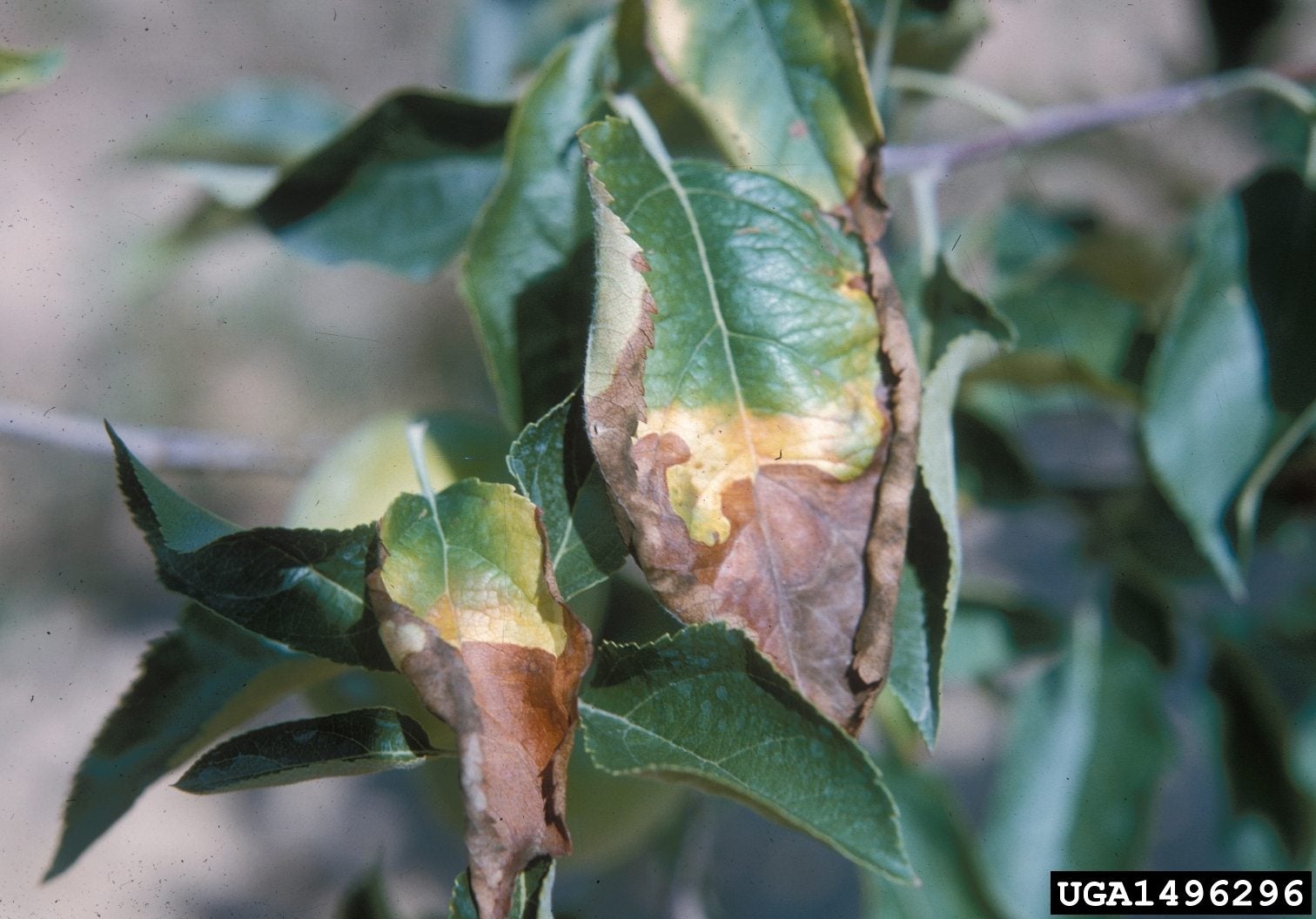Boron Toxicity Symptoms: Signs Of Plants With Too Much Boron


Boron is an essential element that occurs naturally in soil, usually in low concentrations that present no risk to plants. In fact, small quantities of boron are necessary for plant growth. However, signs of boron toxicity may appear when plants are exposed to higher concentrations of the mineral. Read on to learn more about the effects of boron toxicity in plants.
Signs of Boron Toxicity
Boron toxicity symptoms usually aren’t the result of small amounts of boron generally found in soil. However, some areas have boron in the water in high enough concentrations to cause boron toxicity in plants. Plants with too much boron initially display yellowing or browning of foliage. Leaf tips become dry, with the symptoms eventually taking over entire leaves. Boron toxicity symptoms are different depending on the plant, and instead of damage to the foliage, some plants may ooze a gummy substance from the branches or trunk. Stunted growth is common, and fruit trees may be less productive. If you suspect your water contains high levels of boron, you can confirm your suspicions (or not) by having your water tested.
Treating Plants with too Much Boron
If boron levels are high, there isn’t too much home gardeners can do unless an alternate water supply is available. Boron is more common in spring water or well water and less likely to be found in municipal water supplies. One possibility is to collect rainwater in a tank for irrigation purposes. Usually, the best solution is to rely on plants that are less sensitive to boron. Some plants have a fairly high resistance to boron. These may include:
Others, such as citrus, figs, and peach trees, struggle greatly with signs of boron toxicity. Many vegetables are sensitive to boron. If your boron levels are high, your garden may be limited to beets, parsley, asparagus, and tomatoes. Others that may do well and be worth a try depending on the level of boron include:
Acid-loving plants, such as azaleas and camellias, tend to be negatively affected by high levels of boron, so it may pay to look into plants that do well in alkaline soil. Perennials that remain green all year are often more susceptible to damage, as the boron accumulates in the leaves. Plants with grayish leaves tend to be more resistant to boron damage.
Sign up for the Gardening Know How newsletter today and receive a free copy of our e-book "How to Grow Delicious Tomatoes".

A Credentialed Garden Writer, Mary H. Dyer was with Gardening Know How in the very beginning, publishing articles as early as 2007.